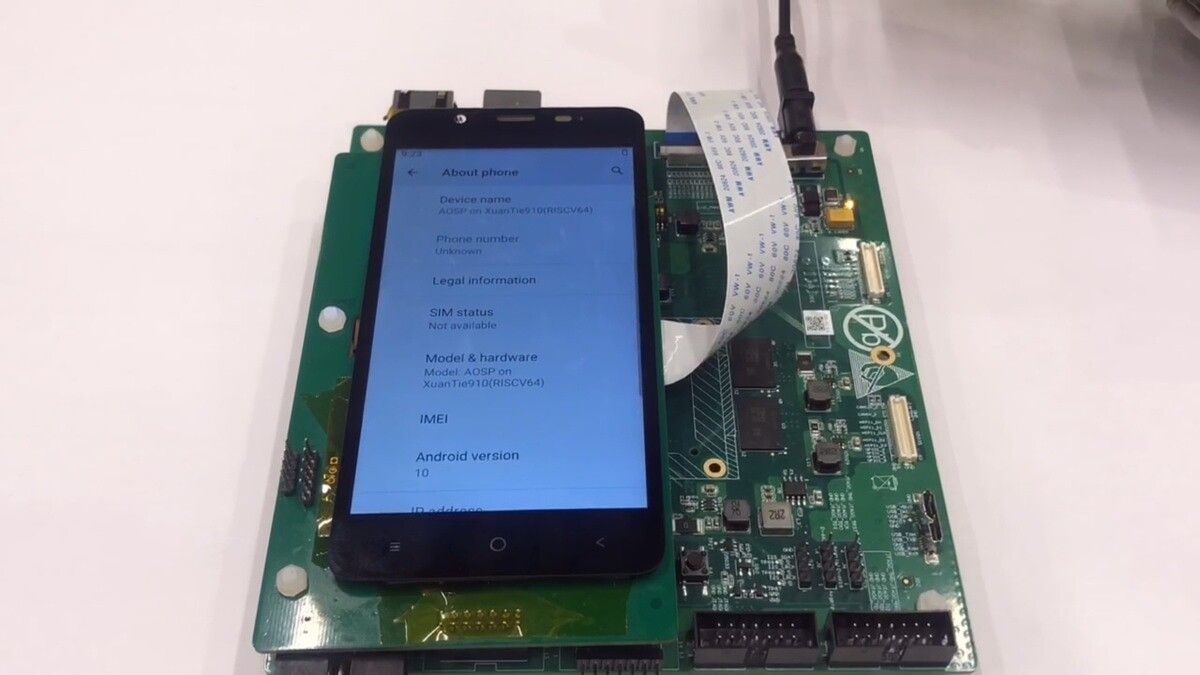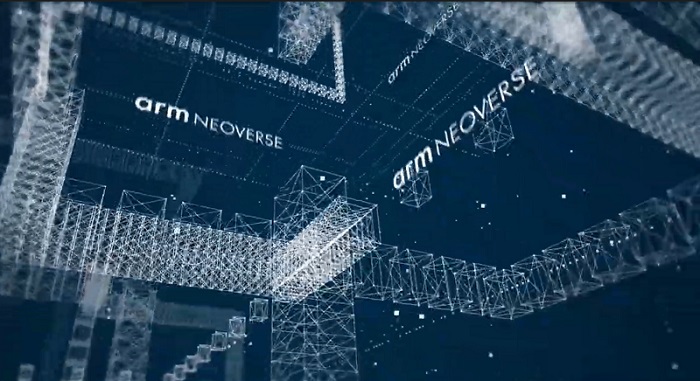Originally posted by Jumbotron
View Post
Yes the x86 Desktop PC is an increasingly marginalised platform. But we also have to remember we have big companies with a problem with x86 and arm.
Export/import of technology ban problems.
It is possible that by 2030 the dominant mobile phone on the market is risc-v. Every market Arm is targeting so is Risc-V.
Nvidia has acquired arm when there is quite a battle ahead. Arm really has increasing competition from Risc-V because of the USA government bans making non USA companies worried about if they will be able to keep on getting updates to the arm Licenses they have. This is forcing Arm/Nvidia to go after more USA based companies going forwards as they lose china and other country based companies if nothing changes.





Comment